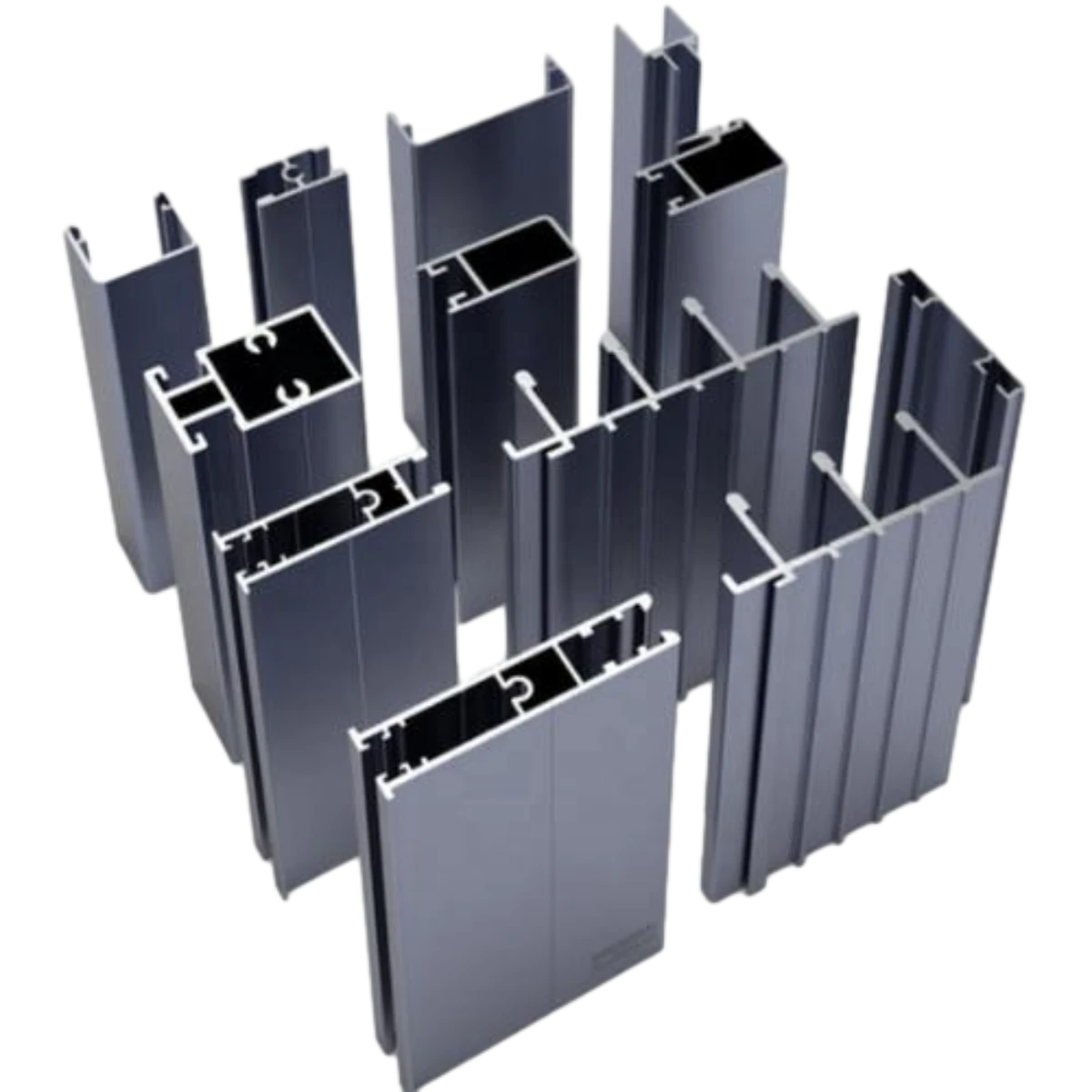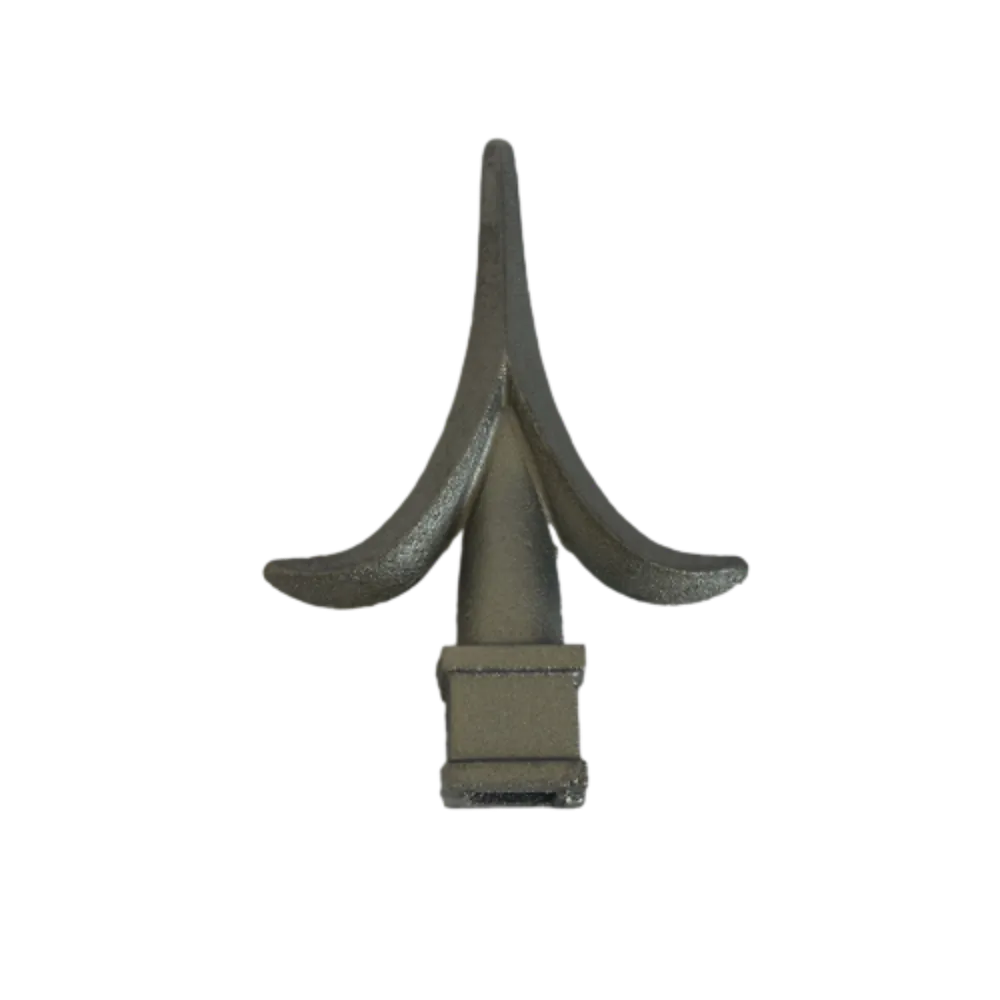Cast Iron Panel Casting for Architectural Elements
In the realm of architecture, the search for materials that blend strength, durability, and aesthetic appeal is constant. Shijiazhuang TongJinJi, a distinguished foundry and export company with over two decades of operational experience, has been at the forefront of providing high - quality cast iron solutions. Recognized as one of China’s premier casting factories, its skilled workforce and effective management practices ensure that each cast iron panel casting is a testament to craftsmanship and reliability. Cast iron panels, including grey-iron-panel and cast iron railing panel, have become indispensable in construction, offering enduring solutions for a wide range of architectural elements. From bearing heavy loads to withstanding tough conditions, these cast iron components are designed to last, making them a top choice for architects and builders looking to create structures that stand the test of time. Let’s explore the world of cast iron panel casting and its significane in architectural design.
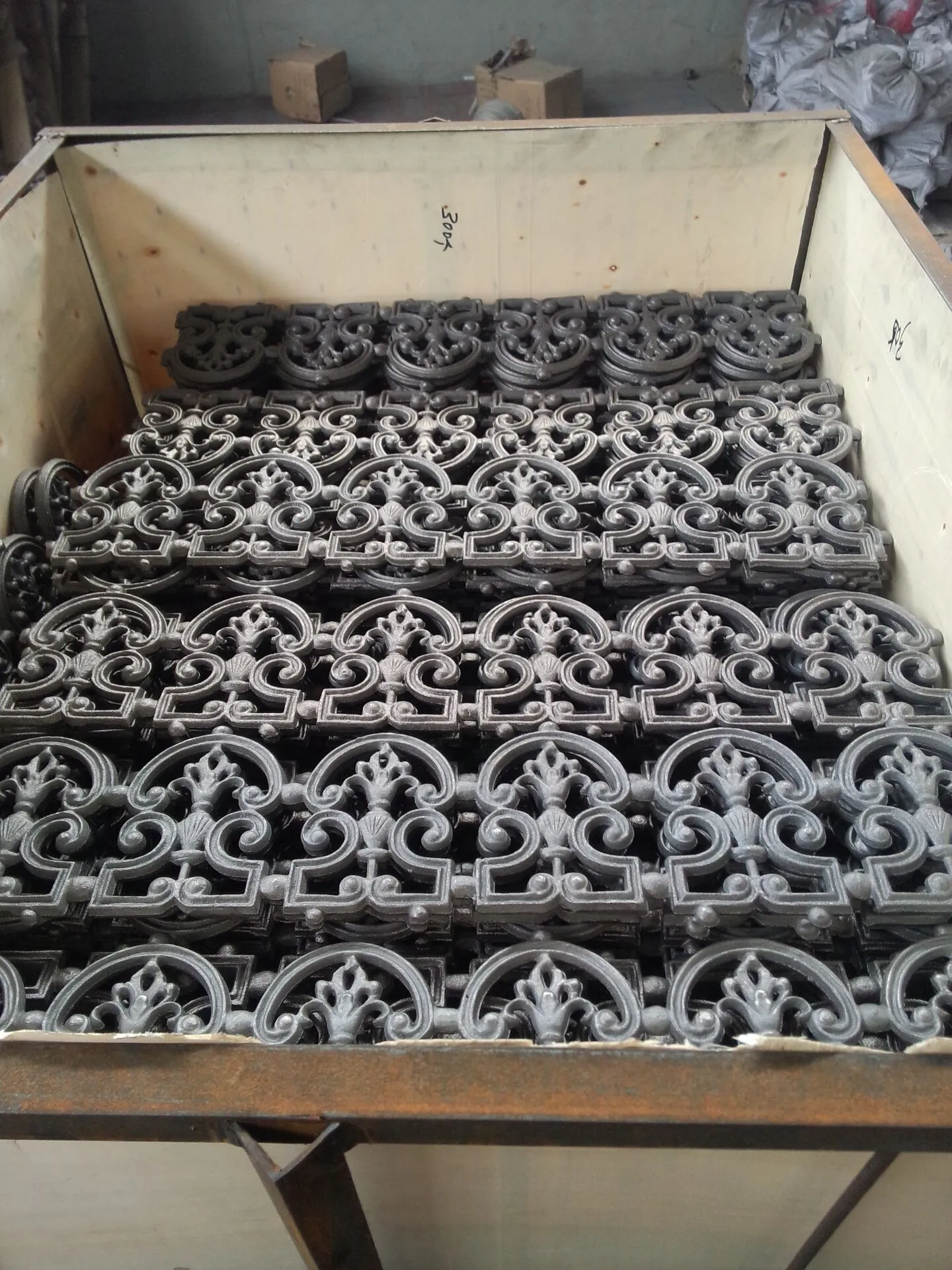
The Advantages of Cast Iron Panel Casting in Architecture
- Exceptional Strength and Durability: Cast iron panel casting is renowned for its remarkable strength. Whether it’s a cast iron railing panel supporting the weight of pedestrians or a cast iron panel used as a structural element in a building, these components can bear heavy loads with ease. Their ability to endure tough conditions, such as extreme weather and constant use, ensures that architectural elements remain intact and functional for decades. This durability makes cast iron panels a reliable investment for any construction project.
- Aesthetic Versatility: Beyond strength, cast iron panelsoffer a wide range of aesthetic possibilities. Grey-iron-panel can be crafted into intricate designs, from ornate patterns to sleek, modern shapes. They can enhance the visual appeal of buildings, adding a touch of elegance or a bold statement, depending on the design. Whether used in historic restorations to maintain the original charm or in contemporary architecture to create a unique look, cast iron panels can be customized to fit any architectural style.
Types of Cast Iron Panels for Architectural Applications
|
Panel Type |
Description |
Architectural Uses |
|
Cast Iron Railing Panel |
Typically features detailed designs and is used to create railings for stairs, balconies, and terraces. |
Provides safety while adding a decorative element to the building’s exterior and interior. Can be customized with various patterns to match the architectural style, from classic to modern. |
|
Grey-Iron-Panel |
Made from grey cast iron, known for its good mechanical properties and ease of casting. |
Commonly used in load - bearing applications such as wall panels, floor slabs, and structural supports. Its strength and durability make it suitable for both residential and commercial buildings. |
|
Decorative Cast Iron Panel |
Focuses on intricate and artistic designs, often used as standalone decorative elements or integrated into larger architectural features. |
Used to adorn facades, gates, and interior spaces. These panels can be used to create focal points, adding character and charm to the building. |
The Process of Cast Iron Panel Casting
- Design and Pattern Making: The first step in cast iron panel castingis creating a detailed design. Architects and designers work together to develop the desired shape, size, and pattern for the panel. Once the design is finalized, a pattern is made, usually from wood or metal, which will be used to create the mold for the casting process.
- Mold Preparation: The pattern is then used to create a mold, typically made of sand or metal. In sand casting, the pattern is pressed into the sand to create an impression, and cores are added if necessary to create internal features of the panel. For metal molds, the pattern is used to form the cavity directly. The mold is carefully prepared to ensure that the final cast iron panelmeets the required specifications.
- Casting and Solidification: Molten cast iron is poured into the prepared mold. The iron fills the mold cavity, taking on the shape of the pattern. As the iron cools and solidifies, it hardens into the desired cast iron panel. The cooling process is carefully controlled to ensure proper solidification and to prevent defects such as cracks or porosity.
- Finishing and Inspection: After solidification, the cast iron panelis removed from the mold and undergoes finishing processes. This may include cleaning, grinding, and painting to enhance its appearance and protect it from corrosion. Finally, the panel is inspected thoroughly to ensure it meets the quality standards for architectural use.
Installation and Maintenance of Cast Iron Panels
- Professional Installation: Installing cast iron panels, especially cast iron railing paneland load - bearing grey-iron-panel, requires professional expertise. Specialized tools and techniques are needed to ensure proper alignment and secure attachment. Professional installers understand the weight and structural requirements of cast iron panels, ensuring that they are installed safely and correctly, providing long - term stability for the architectural elements.
- Regular Maintenance: To keep cast iron panelsin optimal condition, regular maintenance is essential. Cleaning the panels periodically to remove dirt, grime, and moisture helps prevent corrosion. Applying a protective coating, such as paint or rust inhibitor, can further extend the lifespan of the panels. Inspecting the panels for any signs of damage, such as cracks or loose fittings, and addressing them promptly will ensure that the architectural elements remain safe and functional.
Cast Iron Panel Casting FAQS
Can Cast Iron Panels Be Customized for Specific Architectural Projects?
Yes, cast iron panels can be highly customized. Cast iron panel casting allows for the creation of panels in various shapes, sizes, and designs. Architects can work with manufacturers like Shijiazhuang TongJinJi to develop unique patterns for cast iron railing panel, or specific dimensions for grey-iron-panel to meet the exact requirements of a project. Whether it’s a small residential renovation or a large - scale commercial build, customization ensures that the cast iron panels fit perfectly into the architectural design.
How Do Cast Iron Panels Compare to Other Materials in Terms of Cost?
While the initial cost of cast iron panels may be higher compared to some other materials, their long - term value makes them cost - effective. Their durability means fewer replacements and less maintenance over time. For example, a cast iron railing panel may require less frequent repairs and replacements compared to a wooden or plastic railing, saving money in the long run. Additionally, the aesthetic appeal of cast iron panels can increase the value of a property, making them a worthwhile investment.
Are Cast Iron Panels Resistant to Corrosion?
Cast iron panels, including grey-iron-panel and cast iron railing panel, have some natural resistance to corrosion. However, they are not completely immune, especially when exposed to moisture and certain environmental conditions. Regular maintenance, such as cleaning and applying protective coatings, can significantly enhance their corrosion resistance. By taking proper care, cast iron panels can remain in good condition and free from excessive rust for many years.
What Are the Weight Considerations When Installing Cast Iron Panels?
Cast iron panels are relatively heavy, which is an important consideration during installation. This weight provides stability but also requires proper structural support. When installing cast iron railing panel, for example, the underlying structure must be able to bear the additional load. Professional installers will assess the weight of the panels and ensure that the installation site has the necessary strength and stability to support them safely.
Can Cast Iron Panels Be Used in Outdoor and Indoor Architectural Elements?
Yes, cast iron panels are versatile and can be used in both outdoor and indoor architectural elements. Their durability makes them suitable for outdoor applications, such as exterior railings, gates, and facade decorations, where they can withstand the elements. Indoors, cast iron panels can be used for interior railings, decorative partitions, and even as wall art, adding a touch of elegance and strength to the space.
Discover the perfect cast iron panel casting solutions for your architectural projects with Shijiazhuang TongJinJi. With our extensive experience in manufacturing high - quality cast iron panels, including grey-iron-panel and cast iron railing panel, we can bring your architectural visions to life. Visit our www.tjjironcasting.com to explore our product range, learn more about our casting processes, and start your journey towards creating stunning and durable architectural elements.
-
Plough Wheel Cast Iron Material Enhances Load-BearingसमाचारNov.10,2025
-
Cast Iron Cooking Stove Heat Retention Ensures Even Food HeatingसमाचारNov.10,2025
-
Rubber Strip Shock Absorption Protects Window EdgesसमाचारNov.10,2025
-
Aluminum Profiles High Corrosion Resistance Suits Coastal AreasसमाचारNov.10,2025
-
Window Handle Aluminum Material Ensures Lightweight DurabilityसमाचारNov.10,2025
-
Sliding Roller Plastic Housing Fits Aluminum Sliding WindowsसमाचारNov.10,2025
-
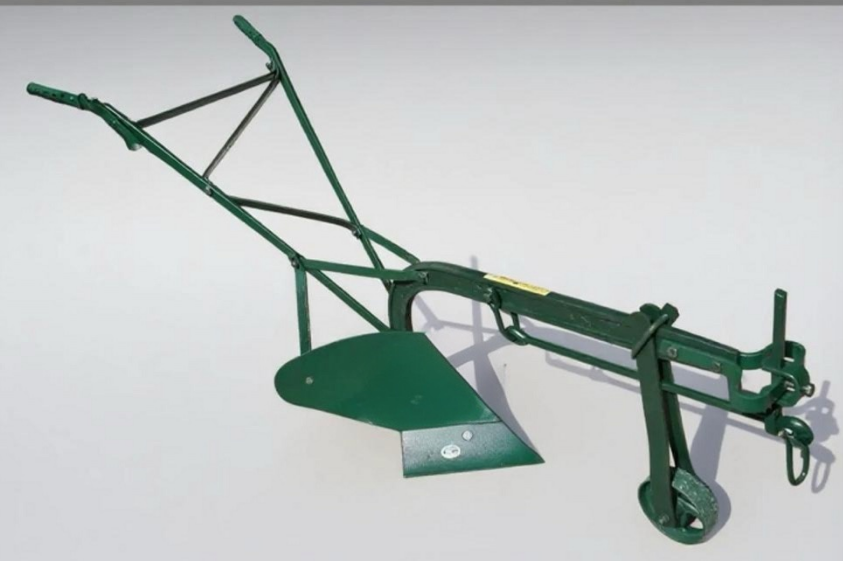 Plough Wheel Cast Iron Material Enhances Load-BearingNov-10-2025Plough Wheel Cast Iron Material Enhances Load-Bearing
Plough Wheel Cast Iron Material Enhances Load-BearingNov-10-2025Plough Wheel Cast Iron Material Enhances Load-Bearing -
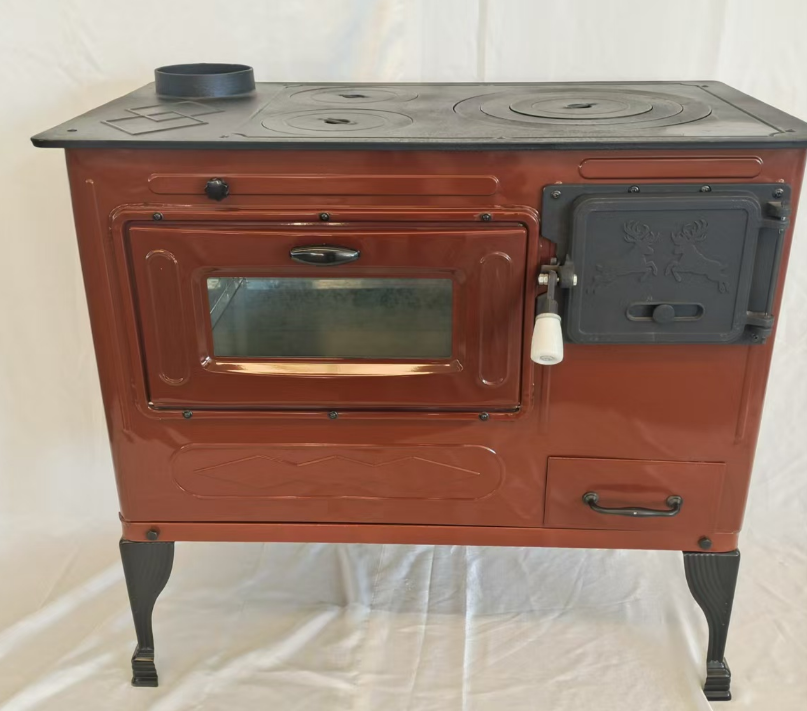 Cast Iron Cooking Stove Heat Retention Ensures Even Food HeatingNov-10-2025Cast Iron Cooking Stove Heat Retention Ensures Even Food Heating
Cast Iron Cooking Stove Heat Retention Ensures Even Food HeatingNov-10-2025Cast Iron Cooking Stove Heat Retention Ensures Even Food Heating -
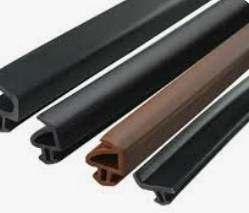 Rubber Strip Shock Absorption Protects Window EdgesNov-10-2025Rubber Strip Shock Absorption Protects Window Edges
Rubber Strip Shock Absorption Protects Window EdgesNov-10-2025Rubber Strip Shock Absorption Protects Window Edges





